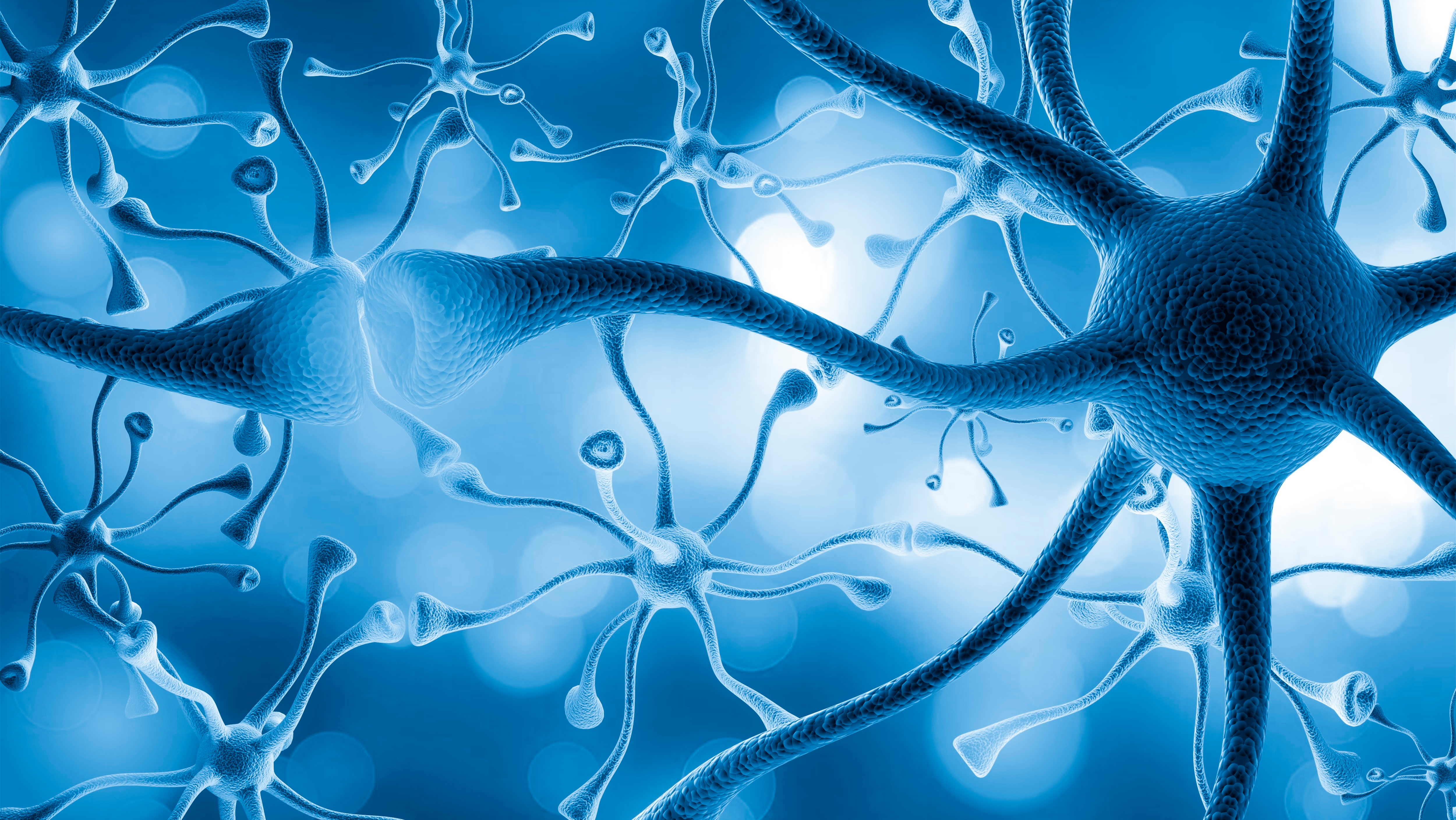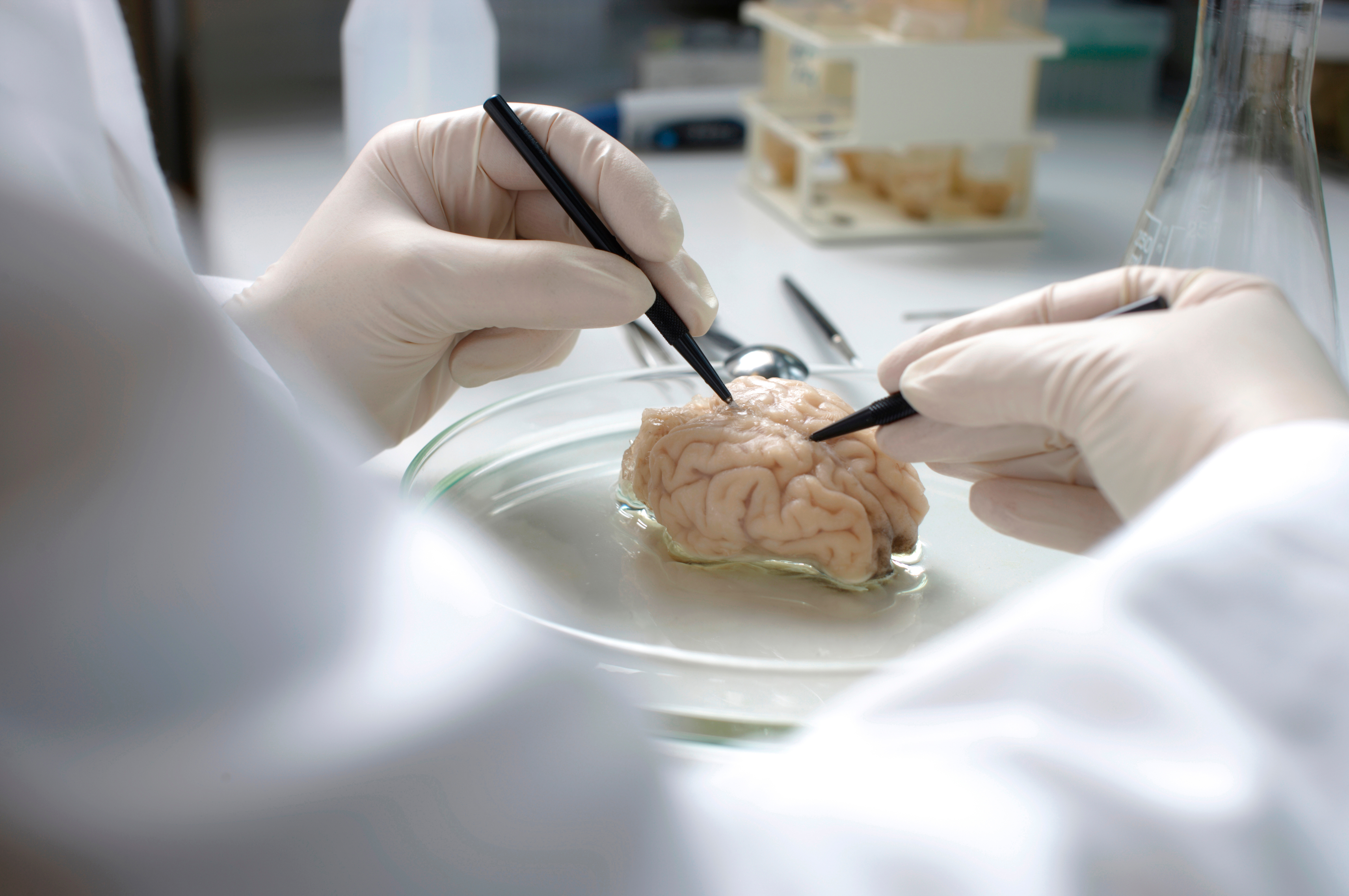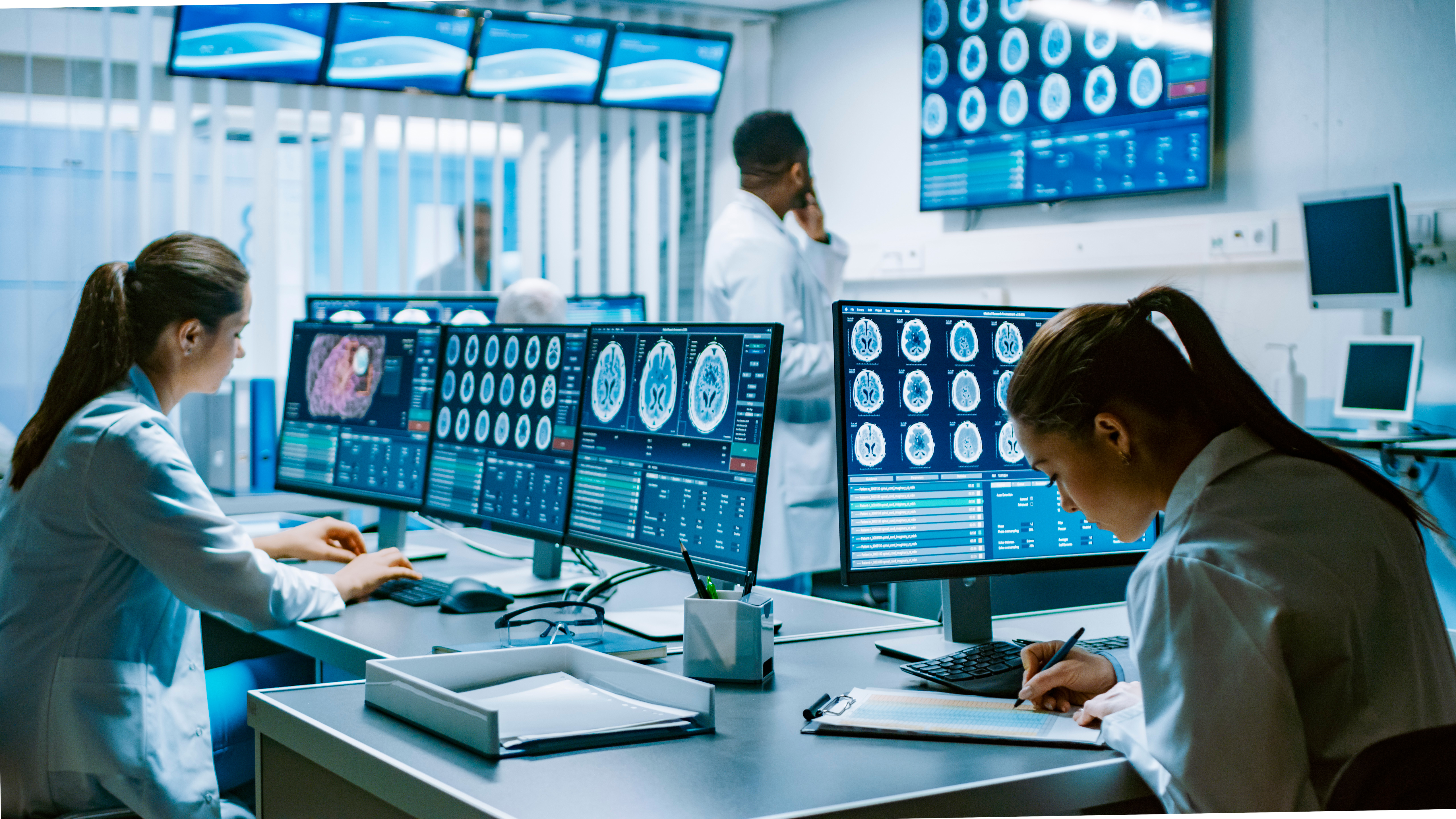Neurons and the human brain
Neuroscientist
- A neuron is, in essence, a biological signalling device.
- What the cortex is doing is layer upon layer of model-making, of prediction, of trying to simulate the world in order to manipulate it better.
- Humans run simulations of what we think the systems within us are going to do. The brain predicts what will happen to our body after we do something, even though the effect has not occurred yet.
What is a neuron?

© Photo by Billion Photos
If we unpack the word neuroscience, we can see it is composed of “neuro” and “science”. The latter refers to the scientific explanation, the principally biological story that we’re telling in neuroscience as opposed to psychology or other domains. “Neuro” refers to neurons, a class of cell within the body whose purpose is to transmit information.
Almost all neurons have a cell body, which is similar to the body of most other cells, but with physical elements that are often elongated as if they were wires. They also have inputs and outputs through which they send information and do some sort of – we might venture to say – computation: they add inputs up, compare them, and if they are satisfied with the answer, they fire an output. I say fire because neurons use electrical signalling to send information along these wires or axons. Chemistry, as well as electricity, is also part of the story. The neurons are each connected by a chemical junction. This chemical “soup” within which the neuron is bathed affects its processing so it can get signals and information from hormones and chemicals in the area.
Homeostasis: the perfect balance?
A neuron is, in essence, a biological signalling device, but the way that it functions within biology is to maintain one of the most fundamental biological properties: homeostasis. Biological systems largely like to maintain themselves by contrast with their environments. For example, if you’re a warm-blooded creature, you try to maintain your own temperature by contrast with the temperature outside. If it’s hot, you might sweat. If it’s cold, you might shiver. These processes allow you to maintain your temperature. In fact, the whole nervous system is arguably about trying to predict changes in the environment to be able to respond to those and allow the organism to survive.
That’s as true of a tiny mollusc creature that can sense the world outside and retract its feel if there’s a noxious environment or, on the contrary, envelop the elements around it and ingest them. It uses signalling to detect what’s out there, to make predictions about what will happen and to allow it to function better as a result.
Surprising similarities with animals
The interesting thing about these predictions, this homeostasis, is that biology and neurobiology seem to work in layers. What do I mean by that? We have fundamental systems in our bodies which we share with a whole variety of creatures. We share, for instance, the genes responsible for the development of the nervous system with fruit flies. In fact, most of our understanding of genetics originated with fruit flies. They hover around, they breed very quickly, and their generational breeding allows mutations to develop very quickly and to be engineered into them. The mutations that, for example, stop a fruit fly embryo from developing its brain properly have very similar functions in the development of our own human brains.
If we look at the lamprey, a little vertebrate similar to an eel, we can see that the way in which we move has to do with circuits that we share in great detail with these animals. In our spinal cords there are circuits which loop down into our muscles and our legs and loop back from sensors that allow the fundamentals of locomotion to happen. We share that biology with a lamprey. Interestingly, we do very sophisticated movements, such as gestures, ballet and playing musical instruments. But all of those processes are layered on top of the circuitry which we share with what we would say are more primitive animals.
Our brain is running a simulation of our body inside itself

© Photo by Gregory Johnston
We are spending all of our time as humans running simulations of what we think the systems within us are going to do. An example could be taken from the fact that we sometimes feel thirsty. Our blood has various chemicals in it that need to be in quite a good balance in order for us to function optimally. If we become dehydrated, the concentration of certain salts in our bloodstream might increase. We have detectors which allow our brain to sense when those salts are out of balance, and those signals go to a place in our brain called the hypothalamus. That signal suggests that we ought to get some water on board to continue to function optimally, so we might reach and have a drink. When we’ve drunk a glass of water, in many cases, the thirst will go away. On a very hot day, if we’ve been very sweaty and got rid of a lot of liquid, after our first glass of water we may discover that we’re still thirsty, so we’ll have a second glass.
It seems very natural, but here’s the interesting piece: after the first glass of water that we’ve drunk, the water itself is still going down our oesophagus. It hasn’t reached our stomach yet let alone our bloodstream. Therefore, the signal that made us thirsty, this chemical imbalance, is still there. It’s still the case that our salts are out of whack. So, how do we know whether to drink more? The answer is that our brain is running a simulation of our body inside itself. The brain is predicting the effect of this glass of water on the body and predicting whether or not there’s going to have been enough drunk. The signal that caused us to be thirsty in the first place is still there, but we silence it because we predict that we’ve drunk enough water.
What makes us different from animals?

© Photo by Elmer Laahne PHOTOGRAPHY
I’ve had the privilege of holding a brain in my hands on a number of occasions and, even after 15 years of neuroscience, it’s still an extraordinary feeling to hold this organ in your hand – an organ that was the whole of a person’s life – encapsulated in this small bunch of tissue inside the head.
If you think about the layout of it, the first part that we see on the outside, the wrinkly grey part that we’re familiar with, is called the cortex. The cortex is in many ways the area in which we differ the most from other animals. If you look at the brain of a monkey or of a rat, the nuclei – the centres deep in the brain – are quite similar between ourselves and rats. The cortex is the difference between what we do better than chimpanzees. If you think about the basic biological functions – fighting, foraging, feeding, fleeing and reproduction – these are all things which we do quite similarly; but language, very fine motor control and the predictions that enable us to cooperate as a species and engineer the world in which we sit are things which we do differently.
What have we learnt about the brain so far?

© Photo by Gorodenkoff
The cortex is an exquisite machine that sits outside the brainstem nuclei and the areas which we share with our primate cousins, with our mammal cousins and even with lizards. What that’s doing is layer upon layer of model-making, of prediction, of trying to simulate the world in order to manipulate it better, and it achieves it with a very fine columnar architecture. There is a reproduced micro-machine with ensembles of maybe 100,000 neurons and there are hundreds of thousands of those micro-columns throughout the cortex.
Grossly, the cortex can be divided into several dozen distinct areas. These were discovered at the beginning of the 20th century from anatomical mapping studies. People would look at brain areas under a microscope and see that the colour and texture was very different. What this underlies is a gross organisation of the cortex that’s very fundamental. Vision is at the back; movement and sensing are in the middle; and the front bit does – well, we’re not quite sure. It seems to be executive function, predictions and, in many senses, our personalities.
What remains to be learnt?
When we delve more deeply into the architecture of the brain, it’s like a fingerprint. All of us have fingerprints on the tips of our fingers, but the patterning is very different. And that’s what makes neurobiology such a fascinating area. The growth structures are the same for all of us, but as we are different humans, the fine structures differ. Looking down into the billions of neurons in our brain, we can see differences, we can see how each one functions. In fact, even to simulate a single neuron would take an enormous amount of computing power because the structures are so fine.
But it can’t be that we must know every single element of every single neuron in order to understand how the brain works. What we still lack is an overarching theory that allows us to bring together the myriad observations we can make of the brain into a coherent story. When it comes to the narrative of how the brain works, we are still simply chipping away at the surface. We’re still introducing the cast of characters. We have not got the primary plot device yet and we have no hope of a resolution. We’re gathering data at a vast rate, but the fundamental processes that give rise to sleep, memory, emotion and to the experience of the world that we all share is something that we’re very far from uncovering as yet
Discover more about
Neurons
Glaser, D. (2017, January 28). How the brain stores memories. The Guardian.